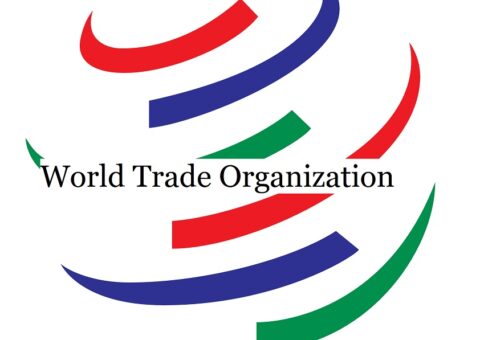KARACHI: The growth of world merchandise trade volumes is likely to remain weak in the third quarter of 2019 according to the WTO’s Goods Trade Barometer, released on Thursday.
The latest reading of 95.7 from the barometer, formerly the World Trade Outlook Indicator (WTOI), is lower than the previous release and signals that stronger trade growth is not yet in sight.
The latest reading continues to fall well below the baseline value of 100 for the index of the renamed barometer, which features a design revamp ahead of the launch of a new Services Trade Barometer in September.
The loss of momentum in goods trade has already been confirmed in previous quarters where official data are available.
The barometer suggests that below-trend expansion in merchandise trade will persist in the coming months.
Sustained weakness in the barometer index was driven by below trend values in all component indices.
The international air freight (91.4) and electronic components (90.7) indices showed the strongest deviations from trend, with readings well below previous releases.
Indices for export orders (97.5), automobile production and sales (93.5) and agricultural raw materials (97.1) all remained below trend although they show some signs of having bottomed out.
Only the index for container shipping (99.0) was close to the baseline value of 100.
Last month, the Director-General’s mid-year report underlined that trade flows hit by new restrictions continued to be at historically high levels between mid-October 2018 and mid-May 2019.
Tensions leading to higher trade barriers and greater uncertainty pose significant downside risks to trade growth forecasts.
The Goods Trade Barometer provides, as the WTOI did, “real time” information on the trajectory of world trade relative to recent trends.
It aims to identify turning points and gauge momentum in global trade growth. As such, it complements trade statistics and forecasts from the WTO and other organizations.
Readings of 100 indicate growth in line with medium-term trends; readings greater than 100 suggest above-trend growth, while those below 100 indicate below-trend growth.
